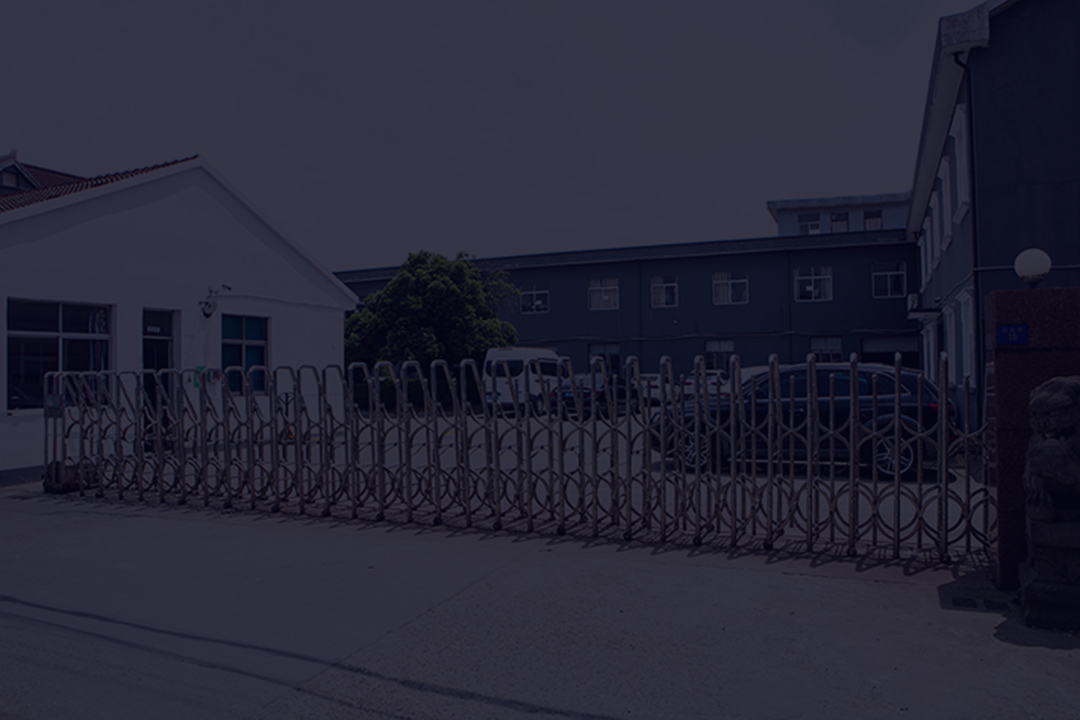

The quality of syringes is directly related to the safety of patients' medication and the operating experience of medical staff. The traditional water gate cutting process has many pain points:
1. Insufficient accuracy: Manual trimming and mechanical cutting easily lead to water gate residue and burrs, affecting the smoothness of the inner wall of the syringe barrel, which may cause liquid medicine to adhere to the wall and dosage deviation. For fine components (such as the connection parts of the push rod and piston), the traditional process is difficult to achieve millimeter - level precise separation, increasing the risk of jamming and leakage.
2. Material damage: Medical - grade plastics (such as PP and PE) are sensitive to processing temperature and stress. Processes such as hot knife cutting and milling easily cause material deformation and micro - cracks, damage biocompatibility, and even become "hidden danger points" for bacterial growth.
3. Lagging efficiency: Under the large - scale demand for medical consumables, the traditional process relies on manual or semi - automated operations, with a daily processing volume per capita of less than 10,000 pieces, making it difficult to meet the daily production capacity demand of millions of pieces. Moreover, manual contact easily introduces pollution, increasing the cost of the sterilization process.
From production to safety, ultrasonic deburring technology reshapes the value of the syringe industry
4. Ultrasonic water gate cutting technology uses the power of science and technology to solve the "accuracy, safety, and efficiency" problems in syringe production, ensuring that every process of medical consumables can withstand the strict inspection of medical safety. In today's increasingly strict quality requirements for medical devices, it is not only an upgrade of the production process but also an "invisible defense line" to protect the safety of doctors and patients. In the future, with technological iteration and industrial integration, ultrasonic water gate cutting will continue to promote the medical consumables industry to move towards higher standards and greater efficiency, laying a "precision manufacturing" foundation for the global health cause, and making every syringe a reliable carrier of medical safety.